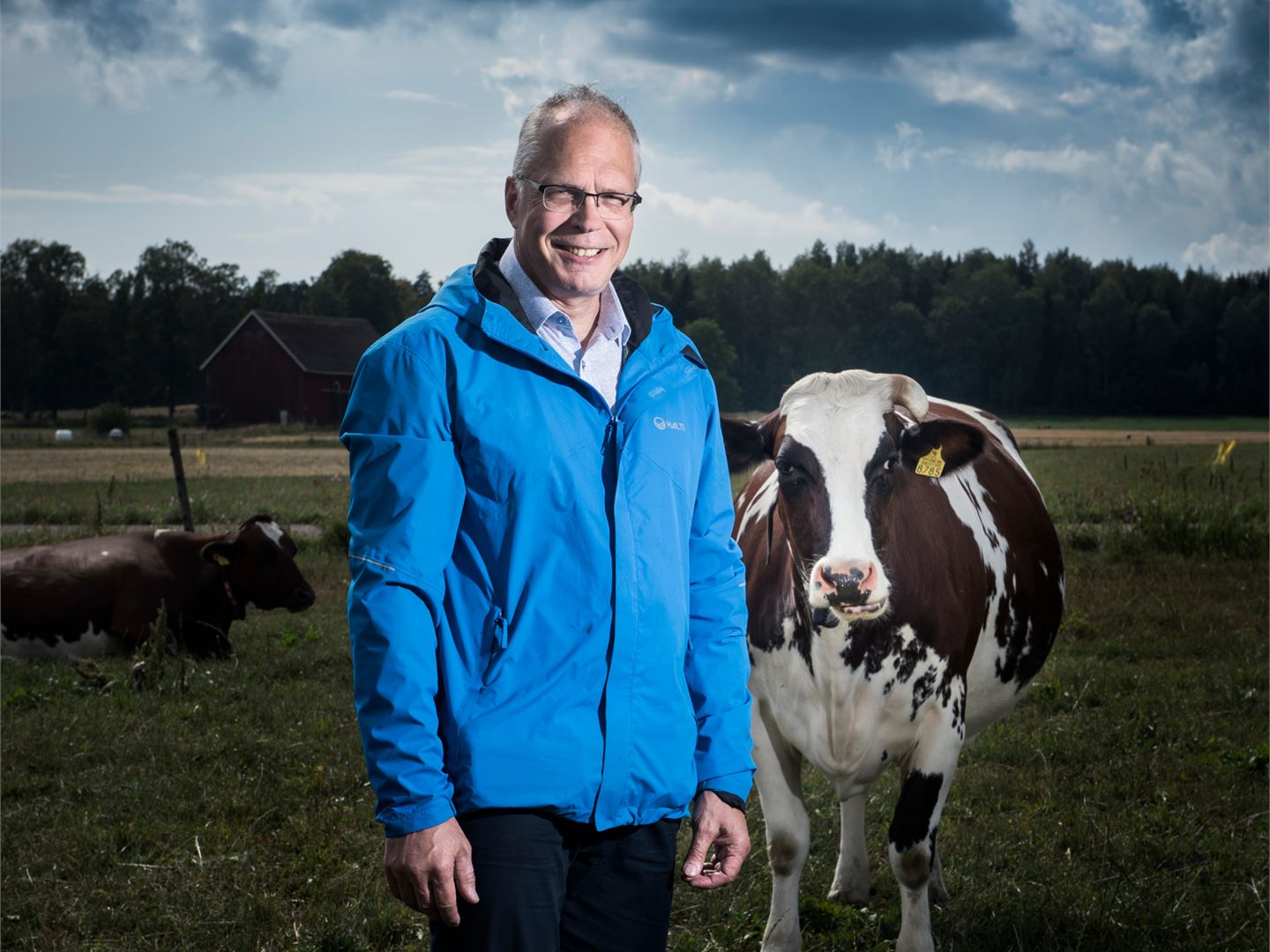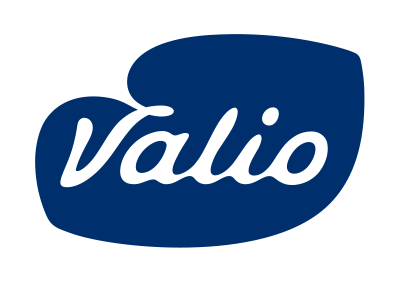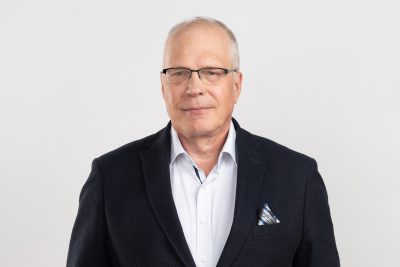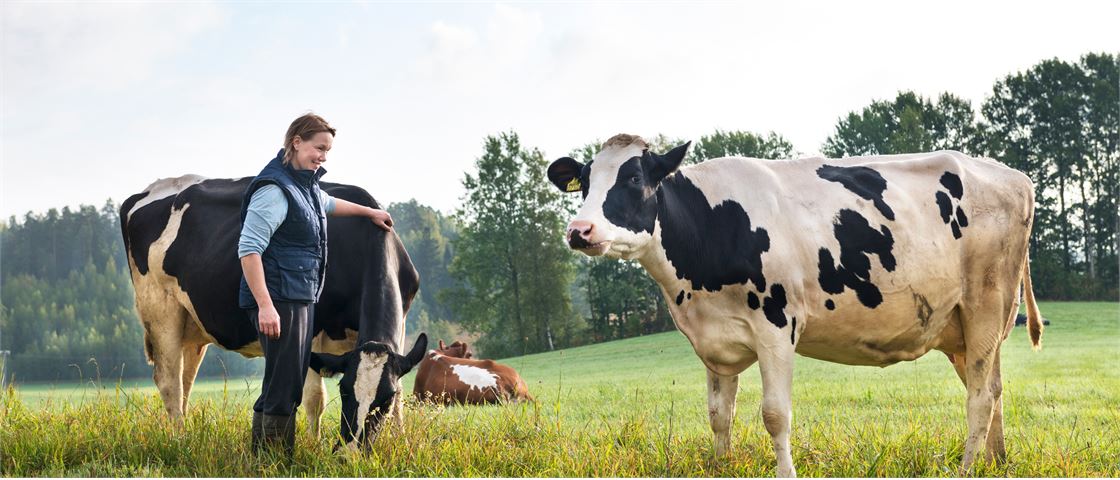Our carbon footprint won’t reset overnight – why the longer path is the more sustainable choice

There are two paths to cutting the carbon footprint of food, a fast one and a slow one. We at Valio have chosen the longer path, as we believe that only by challenging ourselves and the entire milk chain can we make permanent, sustainable change and reach carbon neutrality for milk by 2035.
There is rising concern over the climate among many of us, and it is making us consider the kinds of choices we can make to reduce our own carbon footprint. The ways to do this are many. As a responsible food company, we want to make those choices as easy as possible. That is why we have chosen an ambitious goal – to cut milk’s carbon footprint to zero by 2035.
What do we mean by cutting milk’s footprint to zero? We want to create a carbon-neutral milk chain by, primarily, making changes to our own operation – in the places that generate the emissions. In practice, this requires a great deal of cooperation between the top experts in various fields, a thorough study of the current situation, and development of new production methods in a responsible and sustainable manner. We are cutting production-related emissions in our own operation: developing new ways to bind carbon during the production chain while finding new ways to reduce emissions.
We are on three major paths: binding more carbon dioxide into grass fields than currently, making biogas out of manure in the future to replace vehicle fossil fuels, and reducing emissions from dried peatlands that are used as fields. We have not, therefore, purchased carbon footprint offsets from outside our own operation; instead, we are opting to make permanent changes to our own processes to make sure our milk chain – from the farms to the production plants – is carbon neutral in the future.
We have been asked why purchasing emission offsets, such as forestation projects in Africa, are not included in Valio’s toolbox. Compensating for our emissions externally is, naturally, not excluded from being used in the future. Offsets play a role in global emissions reduction, but if all companies simply bought offsets, developing ways to reduce their own emissions and improving their carbon sinks could be neglected. Offsets should be pricey enough to make it more attractive for companies to reduce their own emissions rather than buying inexpensive offset packages. It is the same idea as with the EU’s emission trading: the goal is not to trade for emission rights, but for companies to develop low-carbon technologies.
Why 2035 and not sooner? The reason is simple: we can’t just snap our fingers to cut milk’s carbon footprint; it requires a review of the entire milk chain, changes to everyday actions and innovative new technologies – developing the kind of milk production model that, as a whole, does not yet exist.
This is how we will cut milk’s carbon footprint – the major actions:
- Stronger carbon sinks: better carbon binding in fields
- Circular economy: turning manure into renewable, non-fossil fuel
- Reducing emissions from peat fields


